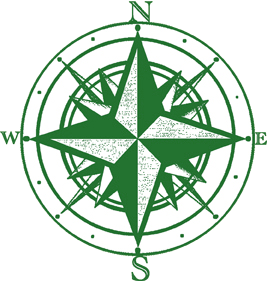Strategic Direction
Strategic Direction—Components and Definitions
Executive Leadership’s Responsibility to Clarify
MISSION STATEMENT: This statement of the mission of the Organization relates to the long term reason for its existence. Consequently the essence of the mission almost never changes, but the wording occasionally shifts in order to harmonize it with current conditions and terminology.
VALUES: These are the core and most durable ideals that define the Organization’s central character, and consequently, form the most fundamental foundation for the organization, its leaders, its managers and its staff and how they conduct themselves internally and externally.
VISION: The Organization's mission almost never changes, but the vision does change. The Vision Statement is a summary statement of the better and desired future this generation of leadership seeks for its customers, staff, management and leadership. It is the more specific conception (i.e., less broad than the mission statement) of the future, typically over a period of three to ten years. The Organization's vision is based on a broad understanding of the overall industry, business and cultural environment. At times, adjustments from "what we have always done," may be required for the desired future to become a reality.
STRATEGY: To produce the outcomes we envision we will focus on these strategic areas. These specific one to five year strategies are designed to be (a) desirable in the sense that the needs of the organization's various customers, staff, management, leadership and partners are met and (b) feasible in that it is reasonable and that it thoughtfully takes into account the Organization's strengths and areas to strengthen as well as the overarching internal and external environment in which it functions.
Strategy Execution
Assigned Management's Responsibility to Clarify and Implement
ACTION PLANNING—A tactical plan(s) will be completed for each strategic area. These tactical plans encompass a much shorter time frame...typically six months to a year. It is important to identify who will "own" the responsibility for writing and overseeing each tactical plan(s) required for any Strategic Area.
TACTICAL PLAN COMPONENTS: Each tactical plan will contain (a) the "broad strokes" tactical steps, (b) the name of the person, or persons, responsible for each tactical step, (c) the target dates for the completion of each tactical step and any associated numerical goals.

